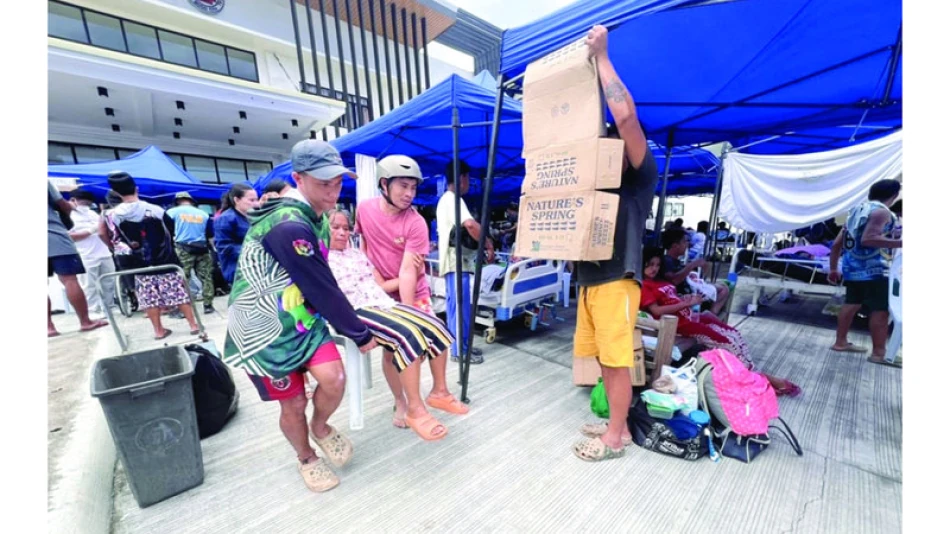
Powerful 6.9 Magnitude Earthquake Shakes the Philippines, Prompting Evacuation Orders and Tsunami Alerts
A powerful 6.9-magnitude earthquake struck the Philippines late Tuesday night, killing dozens of people and adding to the country's recent struggles with severe weather. The quake hit near Cebu island in the central archipelago, forcing hospitals to treat patients outdoors due to hundreds of aftershocks that continued through the night.
The timing couldn't be worse for the Philippines. The country was already dealing with casualties from recent bad weather when this earthquake struck. Rescue teams are now scrambling to assess the full damage while dealing with constantly changing casualty reports.
"We're getting more and more reports about victims, so the situation is very volatile," said Rafaelito Alejandro, deputy chief of the civil defense office, speaking to reporters in Manila. The US Geological Survey confirmed the earthquake's epicenter was located in the sea near Cebu island.
In Bogo city, close to the earthquake's center, the scene was chaotic. Injured children were crying while adults screamed as they received medical treatment on beds placed under blue tents at the hospital entrance. Medical staff had moved patients outside as a precaution because of the hundreds of aftershocks recorded in the area overnight.
Hospital workers could be seen carrying black body bags on stretchers to load into small trucks nearby. The contrast between treating the living and handling the dead painted a stark picture of the earthquake's immediate impact.
Social media footage captured by residents showed the moment a historic Catholic church on Bantayan island near Cebu, decorated with a string of lights, swayed violently before its bell tower collapsed completely.
The Philippines sits on the Pacific Ring of Fire, making it one of the world's most earthquake-prone countries. But this latest disaster comes at a particularly difficult time, as communities were still recovering from recent severe weather that had already claimed lives.
Aftershocks continued to rattle the region, making rescue operations more dangerous and keeping residents on edge. The volatile situation means casualty numbers are likely to change as rescue teams reach more affected areas and assess the full extent of the damage.
Most Viewed News

 Sara Khaled
Sara Khaled






